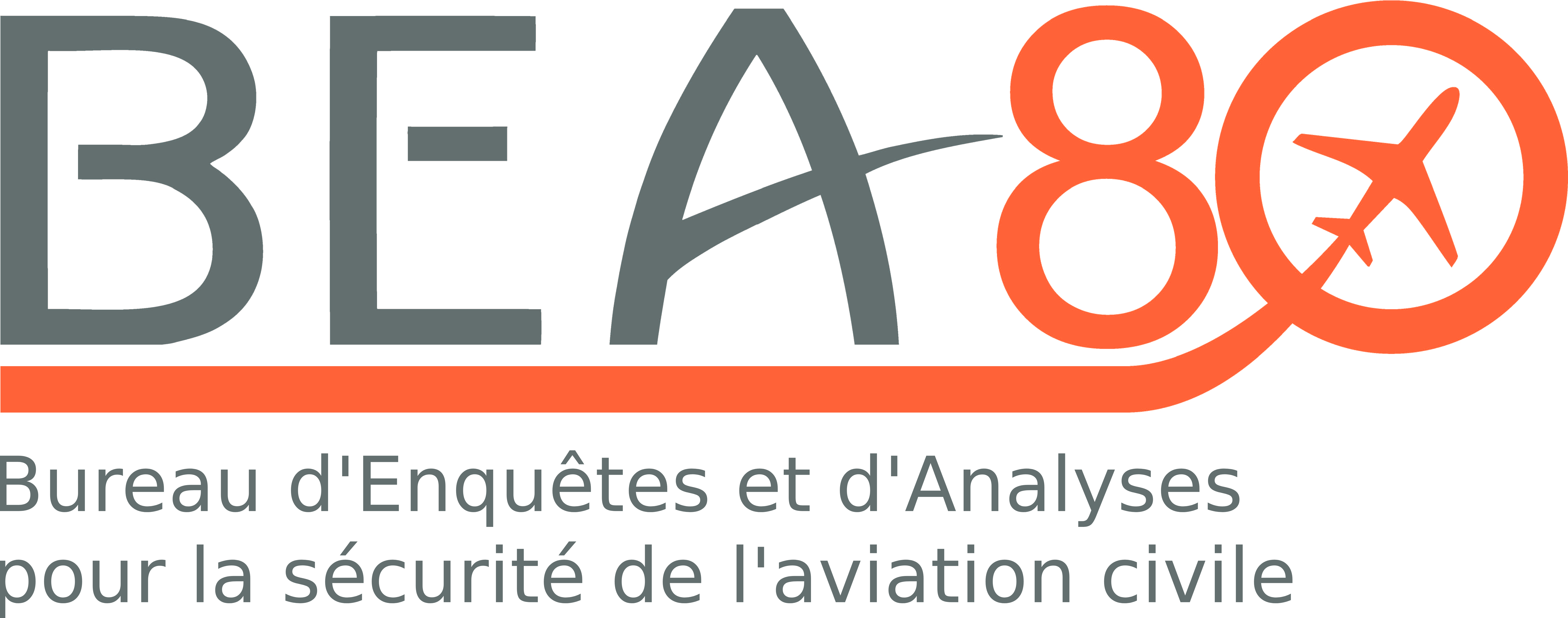Incident to the Airbus A318 registered F-GUGB on 28/03/2017 at Paris - Charles-de-Gaulle and the Airbus A321 registered F-GTAT occured on 30/03/2017 at Toulouse-Blagnac (31) and operated by Air-France
Variations excessives d’assiette à cabrer en montée
First incident
On 28 March 2017, the crew were getting ready to fly the last leg of the day onboard the Airbus A318 registered F-GUGB. The crew said that they decided to take off with maximum thrust for training purposes. During the take-off briefing, they discussed the consequences associated with the fact that the aeroplane was light.
Five seconds after lift-off, the pitch attitude was 19.7° and the indicated airspeed reached a maximum of 147 kt. A little over eight seconds later, although the attitude protection was active, the sidestick deflection exceeded 14° which triggered the ALPHA-FLOOR protection. As the levers were already positioned at TOGA, the engine thrust was maintained.
Thirteen seconds after the activation of the ALPHA-FLOOR protection, the PM pressed the A/THR disconnection button on the power lever which extinguished the TOGA LK message, and then eight seconds later, the A/THR button on the glareshield to reset it. The power levers were then positioned at CLIMB which engaged the A/THR again.
The rest of the climb and flight continued without incident.
Second incident
On 30 March, the same crew prepared a ferry flight onboard the Airbus A321 registered F-GTAT. The pilots were the sole occupants onboard. The meteorological conditions were good with a few clouds at FL100. The captain was PF. In order to try to understand why the TOGA LK message had appeared two days earlier, the crew decided to carry out a take-off with TOGA thrust again and to limit the initial attitude target to 7.5° in order to reduce the risks of a tailstrike which are greater on an A321. After the rotation, the PF continued to increase the nose-up attitude up to 17°. The indicated airspeed went up to a maximum of 160 kt and then slightly decreased while the attitude increased. The ALPHA-FLOOR protection was activated due to the stick deflection of more than 14° and the nose-up attitude protection, which was active. The A. FLOOR and TOGA LK messages were observed by the crew. The A/THR was disconnected eight seconds after the activation of the ALPHA-FLOOR protection. The crew reset the A/THR and activated it by positioning the power levers in the CLIMB position.
The climb continued normally up to around FL100.
While climbing through this level, the crew contacted the CRNA-SO controller and advised that they were climbing to FL140. The controller cleared the crew to climb to FL190. The crew read this back and specified to the controller that as the aeroplane was light, there would be a steep rate of climb. The controller acknowledged this information. A few moments later, the radar data recorded a rate of climb of more than 13,000 ft/mn during the aeroplane’s climb through FL143. The conflict alert function was triggered with a converging aeroplane, en route at FL400. The crew advised that they were nearing FL190 and the controller asked them to reduce their rate of climb.
The crew said that this steep rate of climb was not linked this time to a search for a technical explanation but a voluntary manoeuvre in the context of a passenger-free flight carried out by a crew who knew each other well.
The decision to carry out the first take-off with maximum thrust (TOGA) arose from a desire to review a less common take-off than take-offs with reduced thrust. The crew said that they had anticipated the aeroplane’s acceleration. The management of the path did not generate any surprises or threaten the safety of the flight. However, the activation of the ALPHA-FLOOR protection and its consequences had not been anticipated. Nevertheless, the flight parameters show that the activation conditions were only briefly met which may explain why the crew only saw the TOGA LK message and not the A FLOOR message on the FMA.
The crew did not understand why the TOGA LK message was displayed because they did not know or did not recall the criteria for the activation of the ALPHA-FLOOR protection based on the attitude and nose-up inputs. The absence of a readjustment of the thrust and not seeing the brief LPH-FLOOR message also contributed to this incomprehension.
This first event illustrates the difficulty in anticipating all of the consequences of a decision to deviate from the usual situation.
The ferry flight, without passengers, provided the crew with the possibility of looking for an explanation for the appearance of the TOGA LK message.
